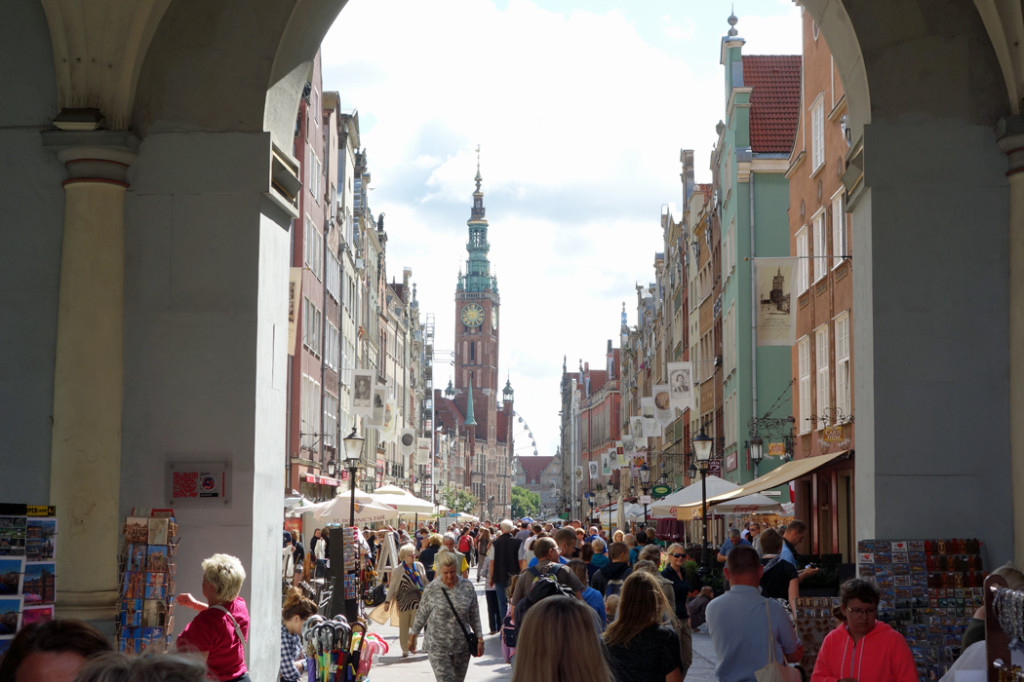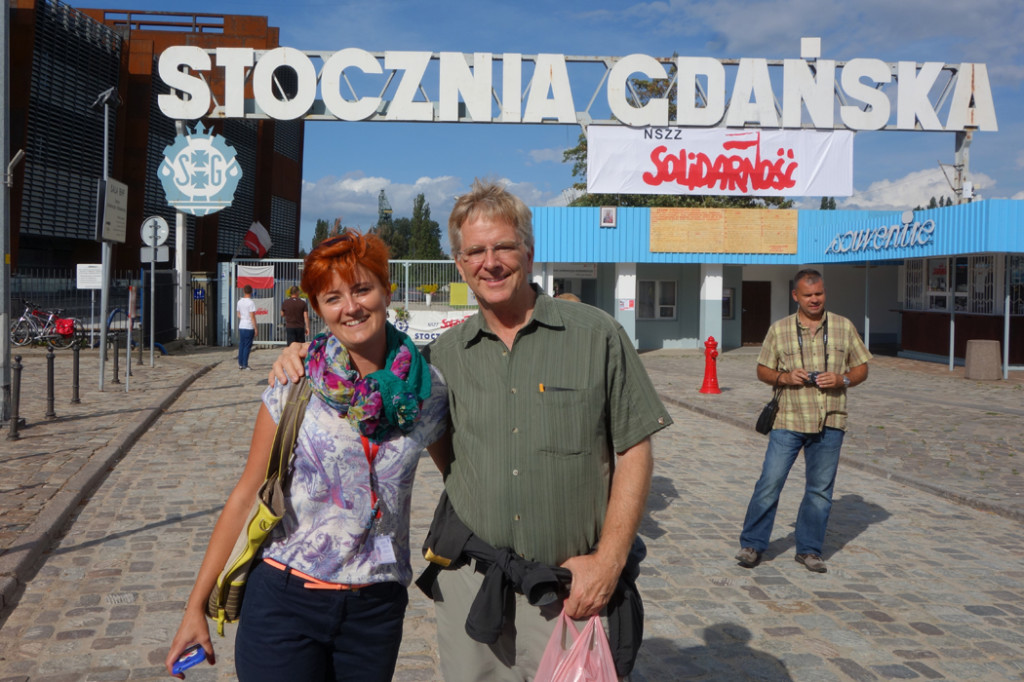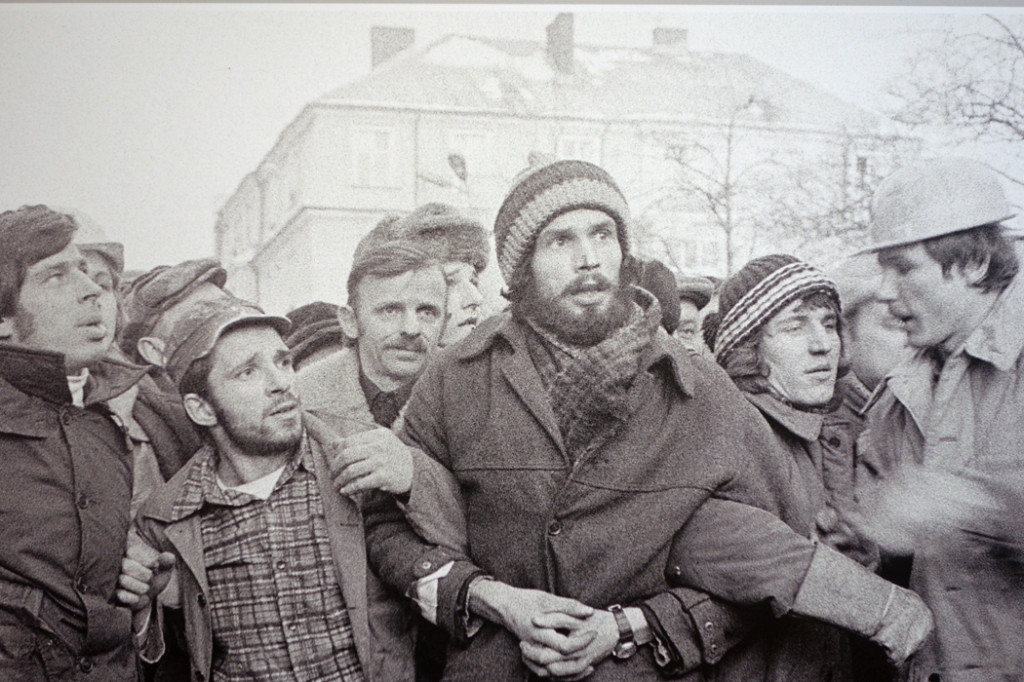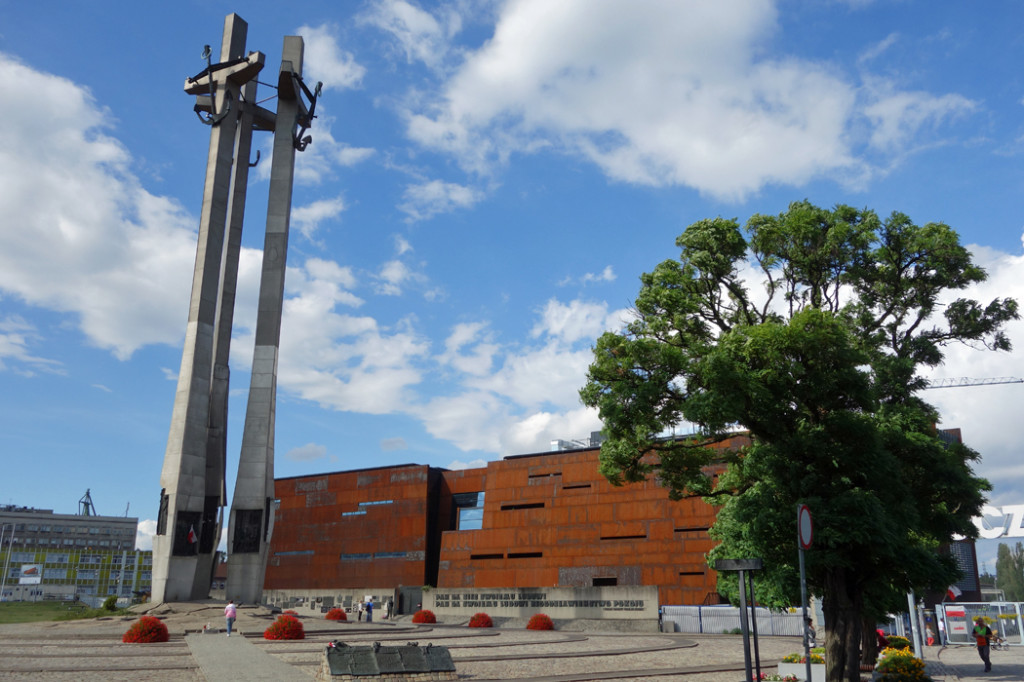After a lifetime exploring Europe — four months a year since the 1970s — I love to go to new places and affirm my deep-seated belief that you can never exhaust Europe of what it has to offer travelers. And visiting Gdańsk, on the Baltic Coast of Poland, did just that. You may associate Gdańsk with dreary images of striking shipyard workers from the nightly news in the 1980s — but there’s so much more to this city than shipyards, Solidarity, and smog. It’s one of northern Europe’s most historic and picturesque cities. This was the perfect finale — the last stop on my two-month summer trip.
Gdańsk is second only to Kraków as Poland’s most appealing destination. Its historic center boasts block after block of red-brick churches and narrow, colorful, ornately decorated Hanseatic burghers’ mansions. The riverfront embankment, with its trademark medieval crane, oozes salty maritime charm. Gdańsk’s history is also fascinating — from its medieval Golden Age to the headlines of our own generation, big things have happened here. You might even see Solidarity’s portly old Lech Wałęsa still wandering the streets.
As a fan of freedom, hiking to the Gdańsk Shipyard, where the Polish shipbuilders’ union Solidarity was born (kicking off the beginning of the end of the USSR and the communist rule of half of Europe), was like a pilgrimage. My guide, Agnus, told the story vividly as we stood at the gate under a “Solidarity” banner hanging where a big “LENIN” once hung. The crude yellow board listed the workers’ demands. After my time here, and in Poland in general, I’m eager to make two new shows on Poland and you can bet guides like Agnus will be at my side.
I’m inspired when regular people stand bravely in the face of tyranny anywhere in the world. And photos of Polish workers standing up to a repressive and seemingly invincible Soviet empire is a perfect example. Imagine the bravery of these Poles. In 1980, a wave of strikes and sit-ins spread along the heavily industrialized north coast of Poland, most notably in Gdańsk.
The world is full of uniformed and well-armed pawns who crush peoples’ movements in return for steady employment. These troops found themselves facing down legions of courageous Polish workers risking their lives for freedom. And the workers ultimately prevailed.
When Solidarity negotiated its way to victory in 1980, one of their conditions was that the Soviets let Poland erect a monument to workers killed a decade earlier while demonstrating for the same workers’ rights. The government agreed, marking the first time a communist regime ever allowed a monument to be built to honor victims of communist oppression. Lech Wałęsa likened it to a harpoon in the heart of the communists. The towering monument, with three crucified anchors on top, was designed, engineered, and built by shipyard workers. In just four months after the historic agreement was signed, the monument was finished. Today on Gdańsk’s Solidarity Square, this monument, with a trio of 140-foot-tall crosses, honors those martyred comrades and is a highlight of any visit to this city.





Great post. Can’t wait to see the new Poland shows. Any chance of an RS Poland tour?
Very good post. I found the Polish community to be welcoming and friendly during my visit to Krakow two years ago. More people need to get off the beaten path and discover Poland!!